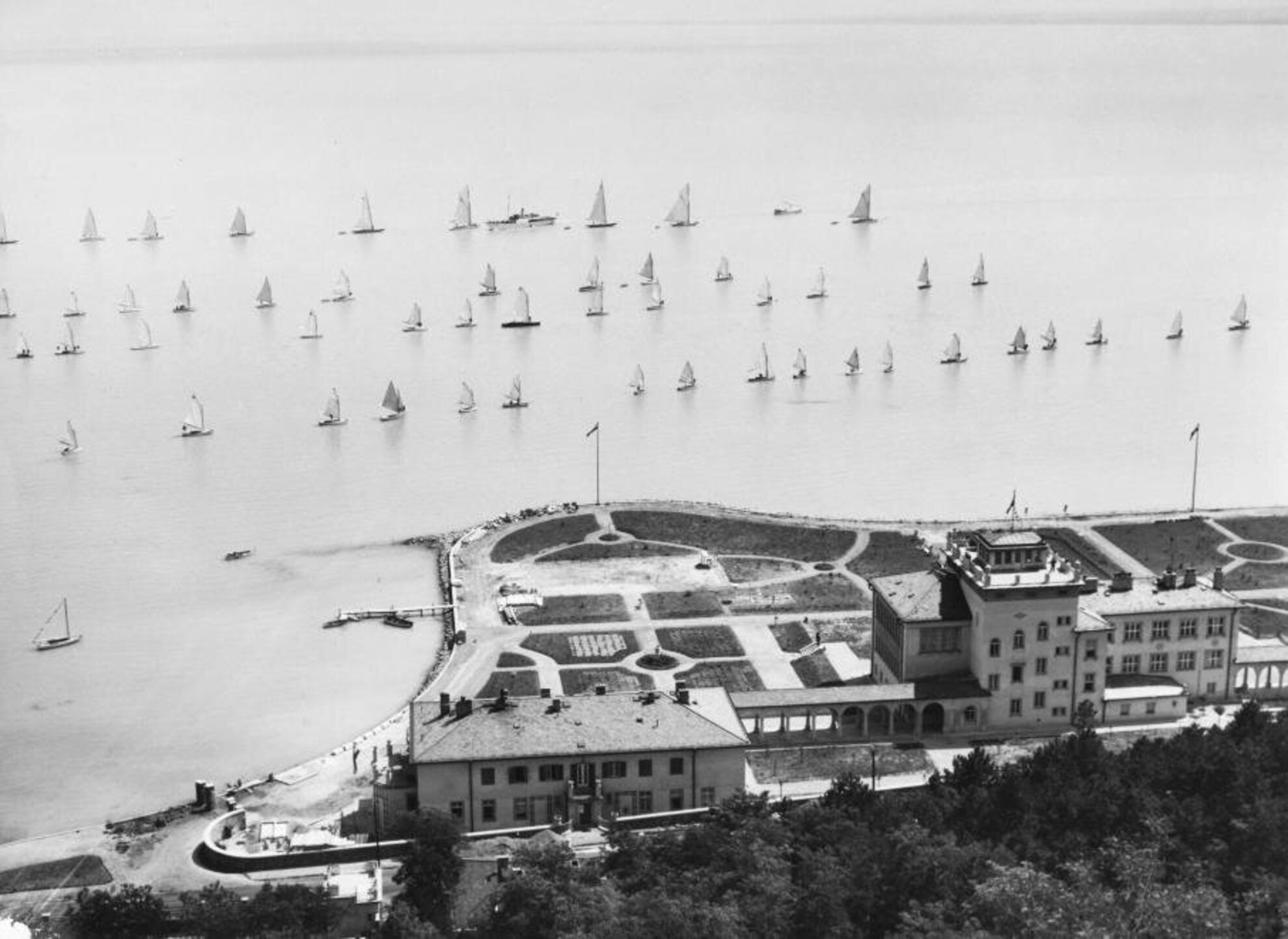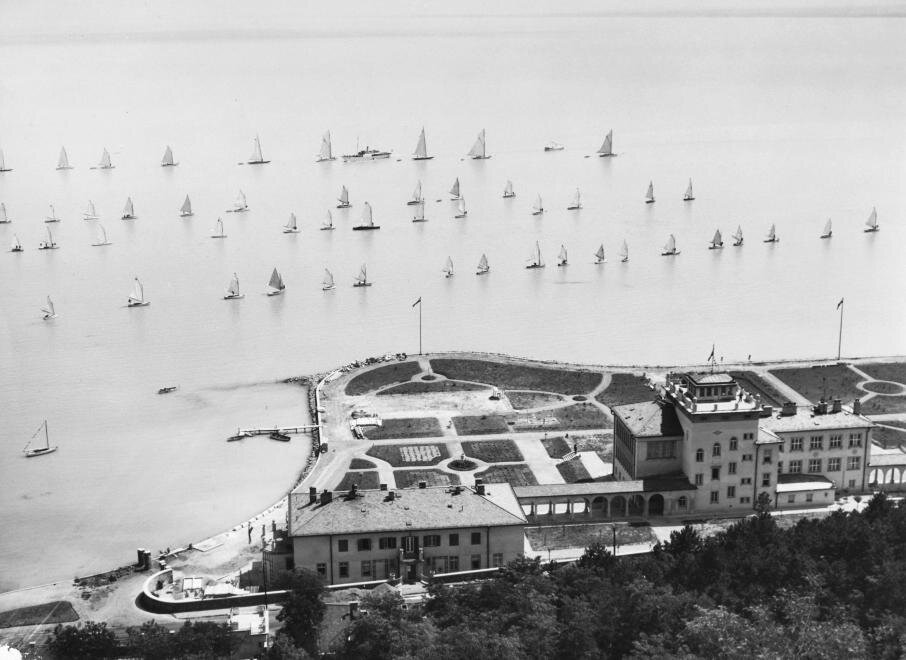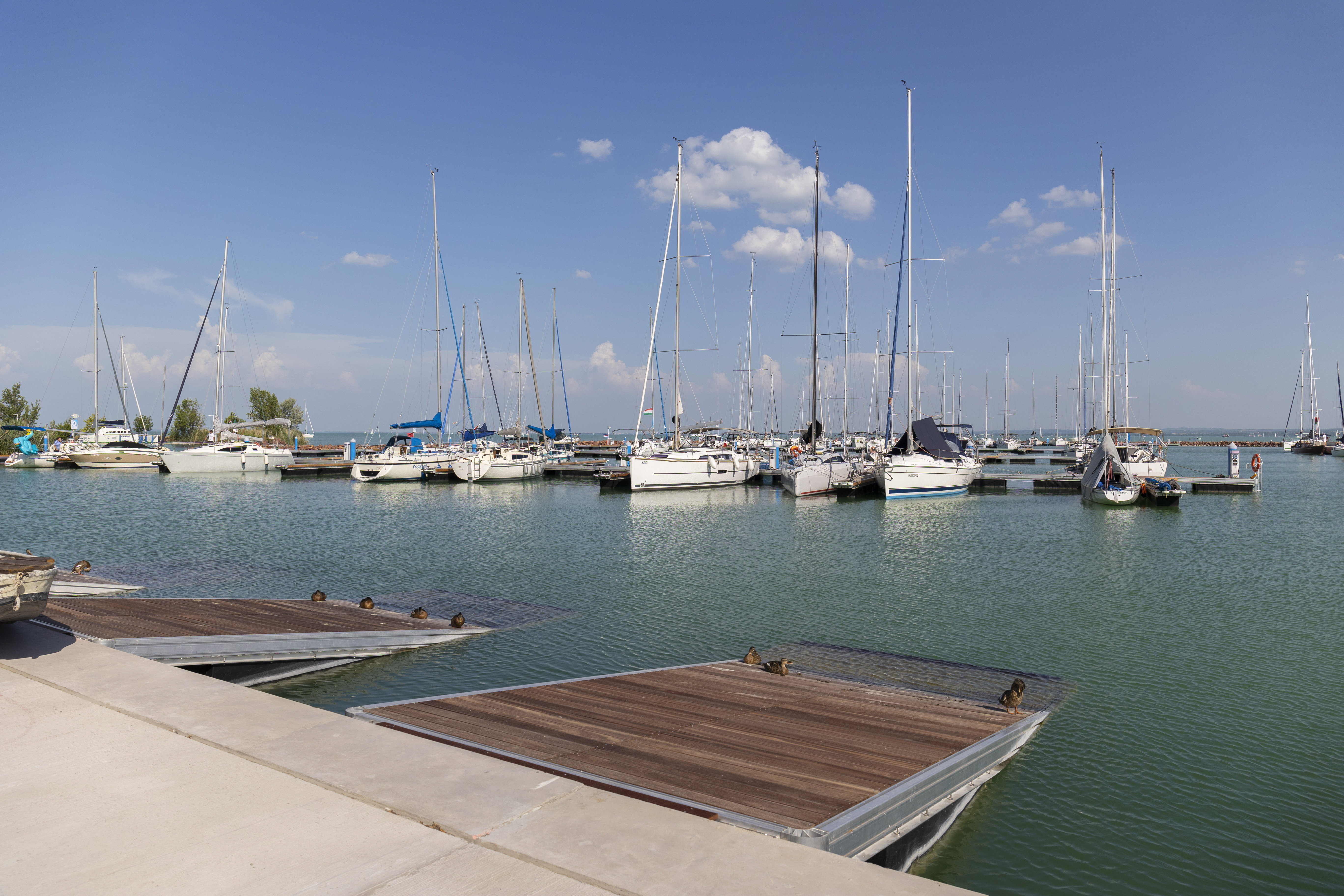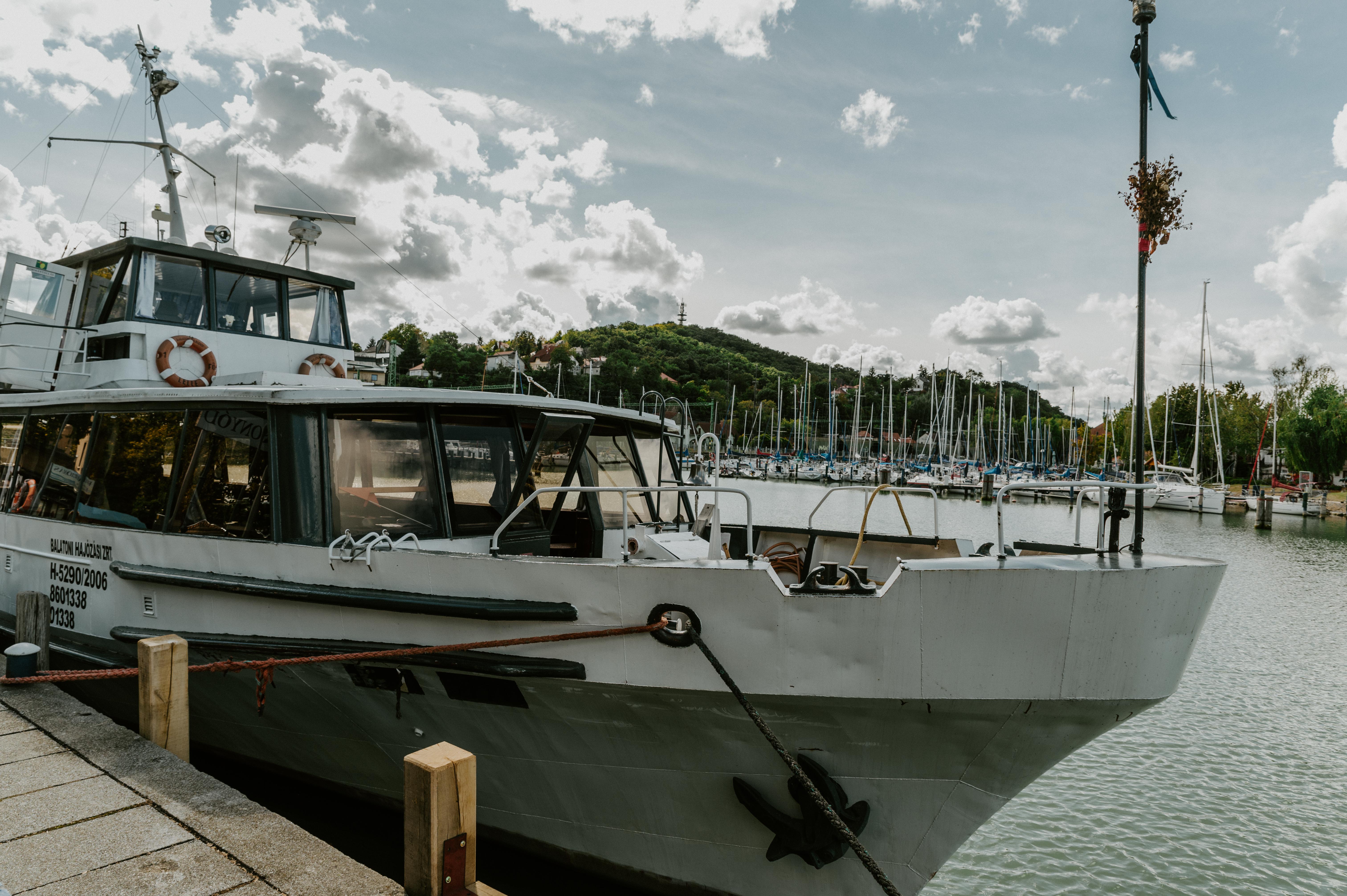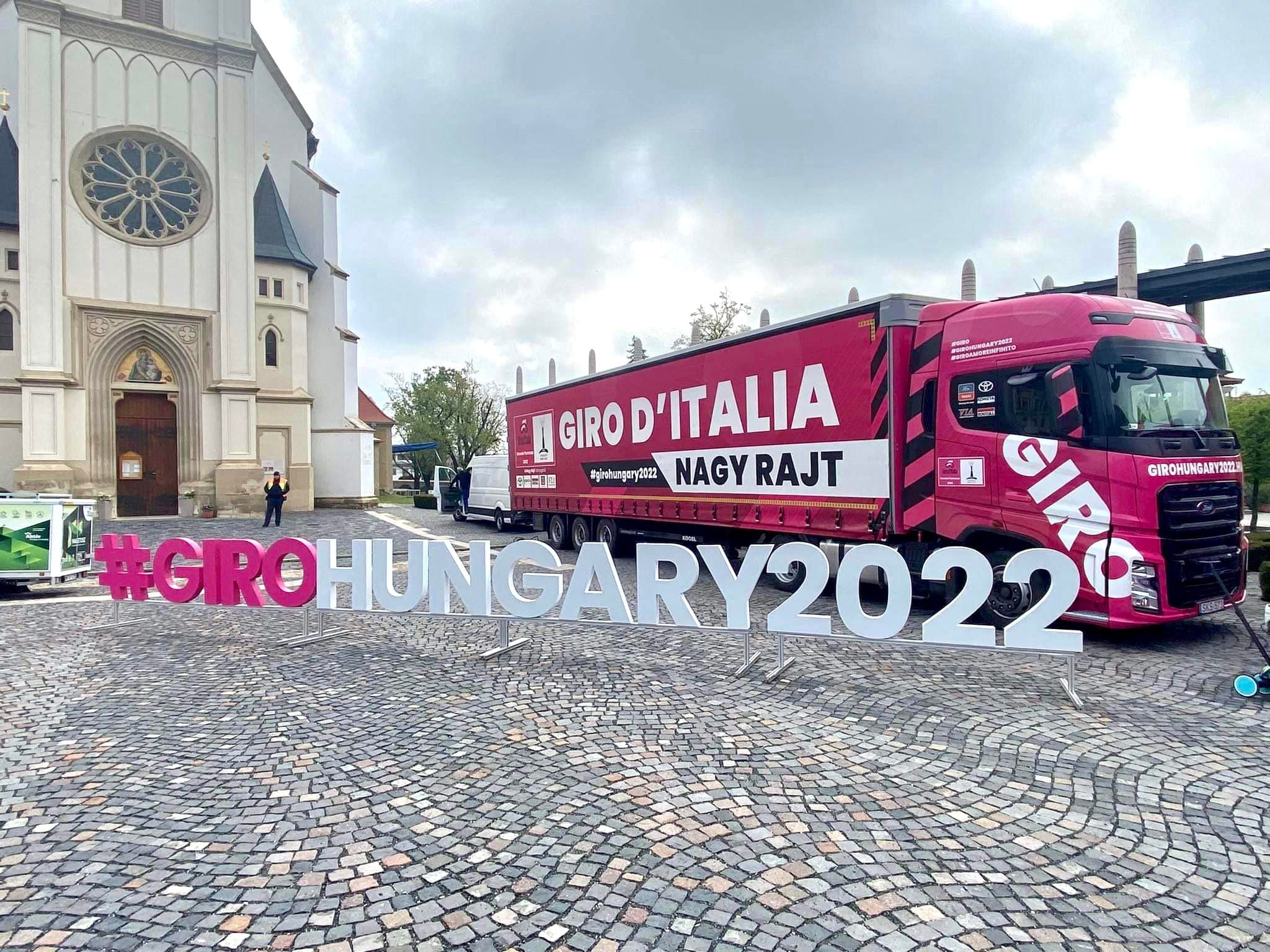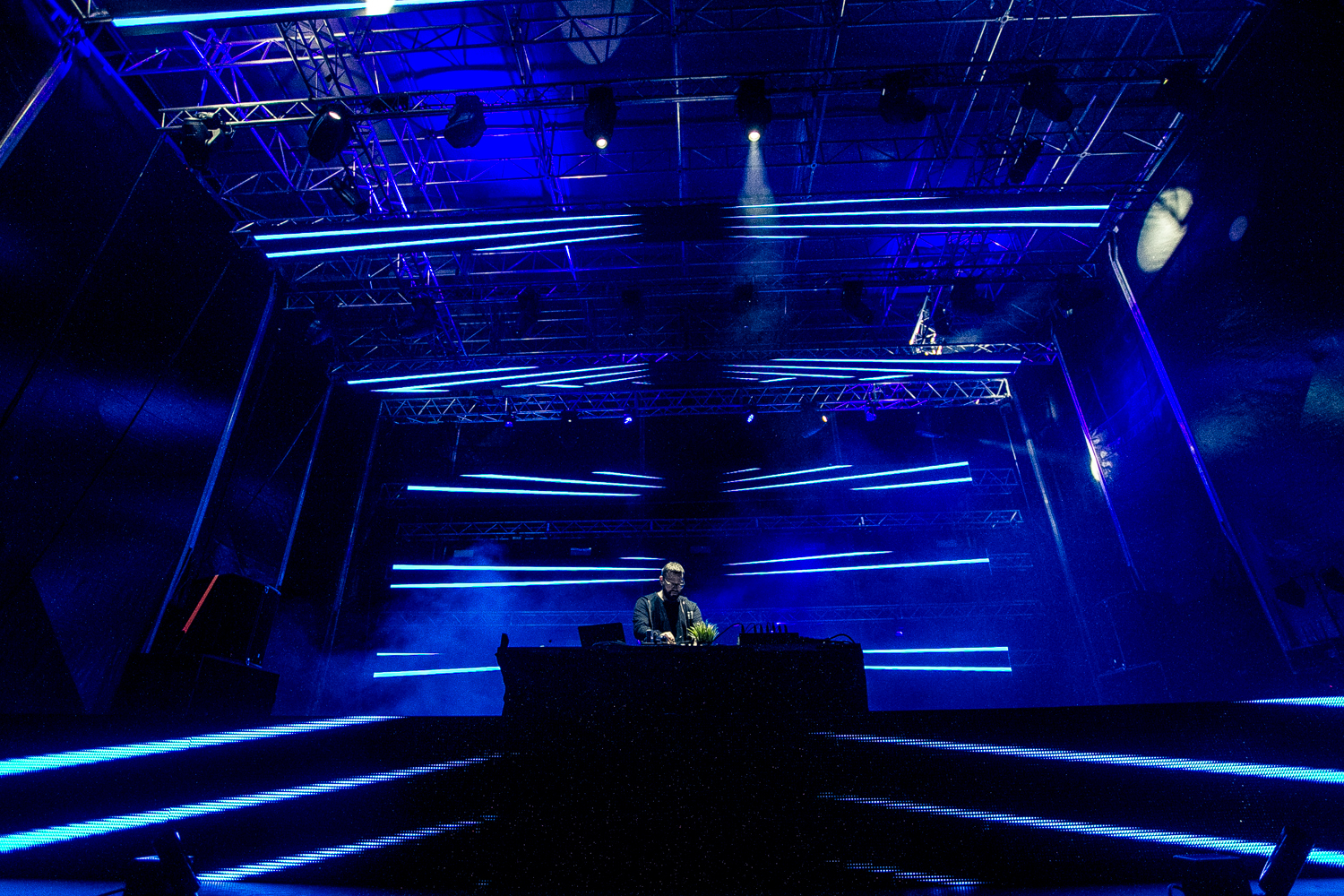Starring: two paintings from Tihany
When we hear a story like the one from last fall, we imagine the life of gallery owners as a very exciting one. The phone rings in the middle of the night, with someone saying that an interesting painting was found, then they put on a trench coat and run to the mysterious address, where they pull a sheet off from the dusty painting with a trembling hand, so that they can identify that certain signature in the corner. Even if their everyday life is not exactly like this, there are some big moments in the lives of gallery owners that are similar to what we just described. Judit Virágh went through something very similar recently. But let’s start at the beginning.
Kuno von Klebelsberg, Hungary's much discussed Minister of Culture in the ‘20s did a lot for education, and for the cultural and scientific life of the country. In addition to founding the Collegium Hungaricums all over Europe, he also established numerous scientific institutions that had no predecessors. Among these was the Hungarian Institute of Biology in Tihany; now known as the Balaton Limnological Institute of the Hungarian Academy of Sciences, we discussed its history here.
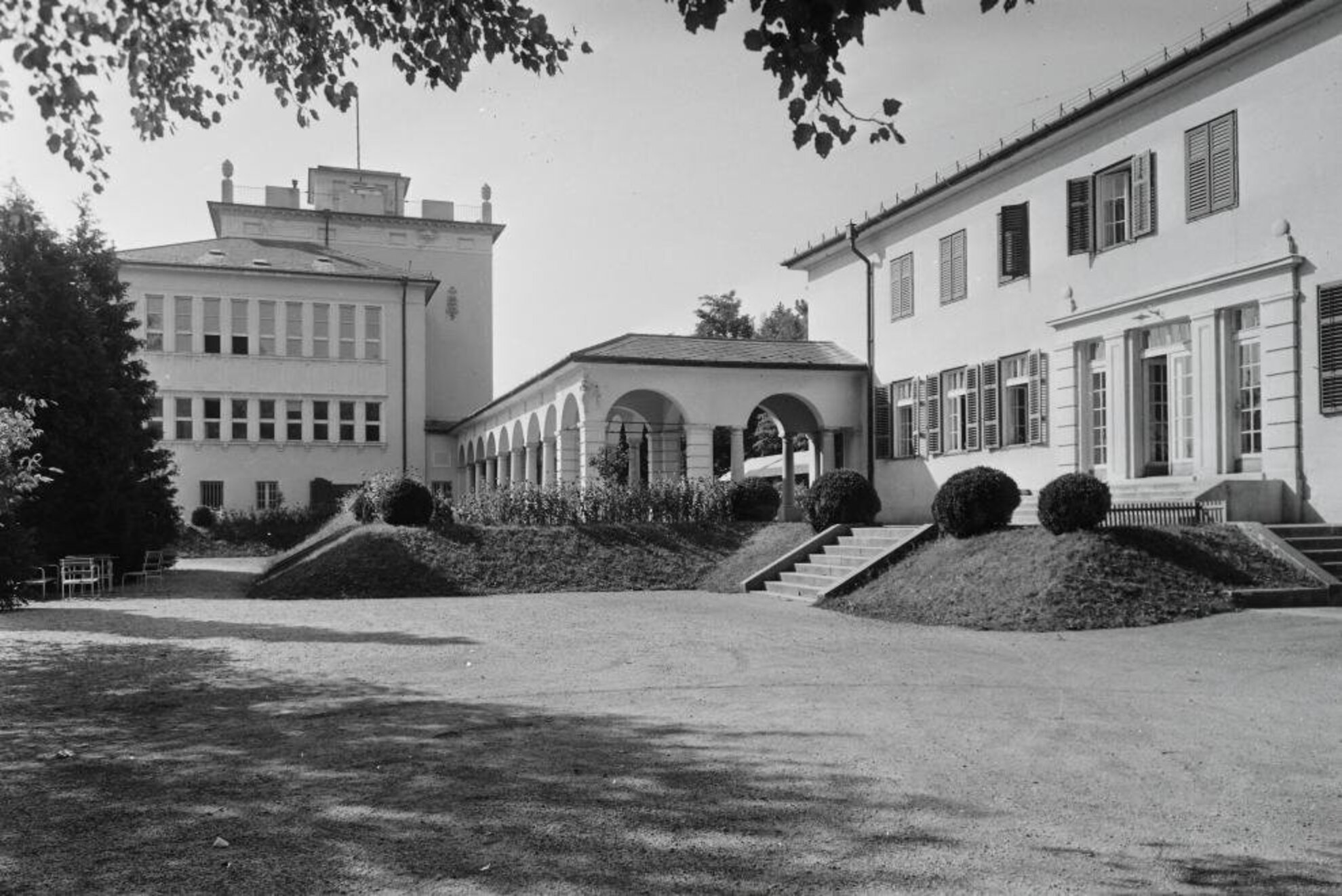
János Vaszary was one of the most important painters of the last century, who delivered a consistent good quality at every stage of his work. We know about several artists in the family, and there is another connection to Lake Balaton, besides the Tihany-commission: in the middle of a beautifully restored garden in the heart of Balatonfüred, we can find a villa built by Kolos Vaszary, the Archbishop of Esztergom – today, it is one of the most important exhibition spaces in the area.
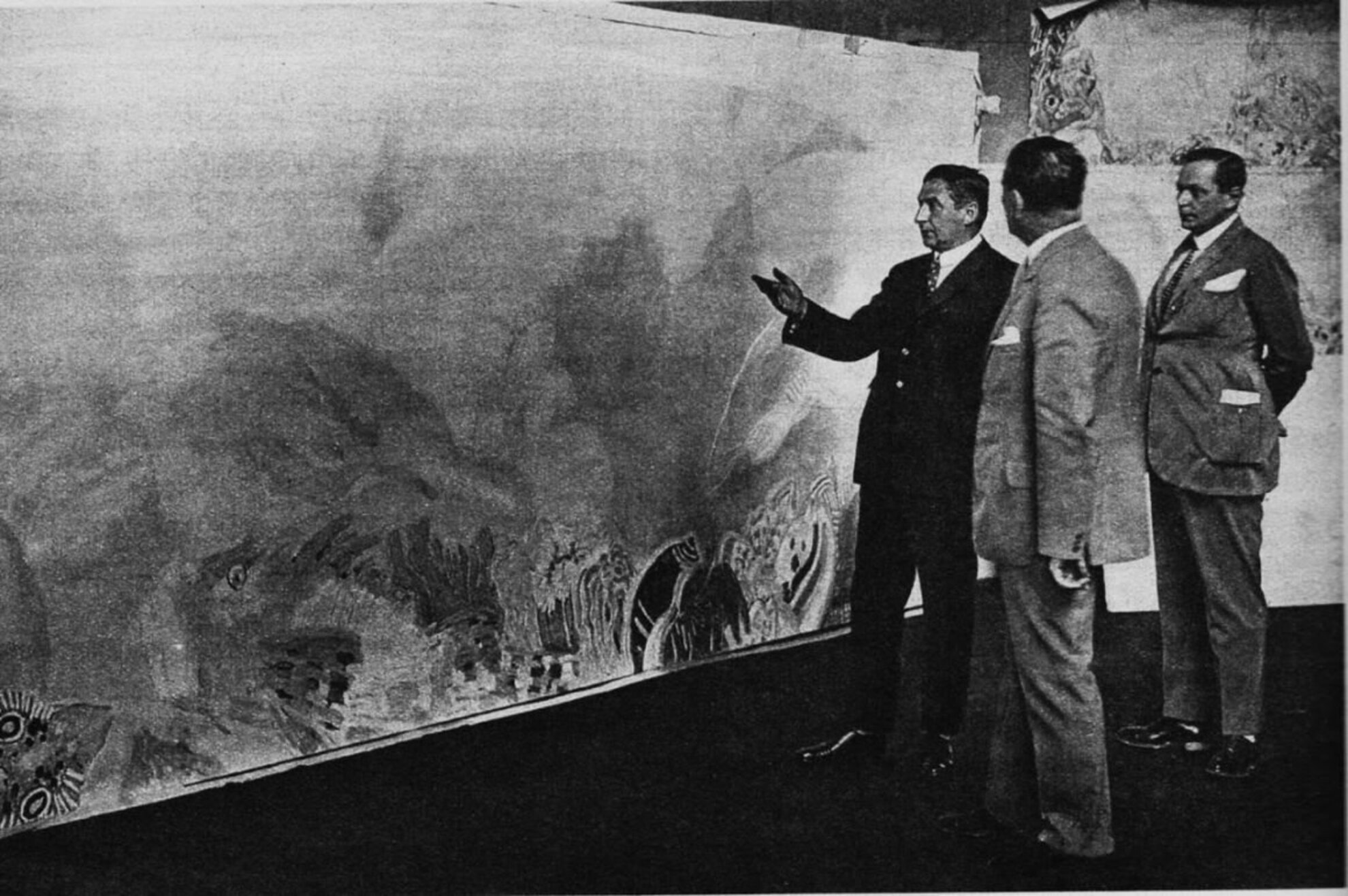
The shared story of the institution and the famous painter started in the middle of the ‘20s, when the latter was commissioned to paint a picture of the underwater wildlife. Three preview pictures were created for this project; we know some of them, while others remain known only through reproductions for now. In the catalog of the exhibit held by the Hungarian National Gallery to honor Vaszary in 2007, they mark the locations of the large painting and the picture titled Halászat a Balatonon (Fishing on Lake Balaton) as unknown.
The researches didn’t understand
The finished work was very divisive. The artist made very thorough pre-studies completed by trips to Italy, and instead of a monochrome picture decorated with carps, he created a colorful, Mediterranean work where the real fauna was mingled with fantasy. It’s important to know that Vaszary did not hack the commission, as the institution of Tihany did work with marine fauna as well; they even brought the water suitable for these purposes here from the Black Sea. The scientist couldn’t categorize the animals on the painting, and it caused serious confusion. Gallery owner Judit Virág, who tracked down one of the three pre-works recently, says that the painting “is a spectacular, humorous, decorative picture, a classic work”.
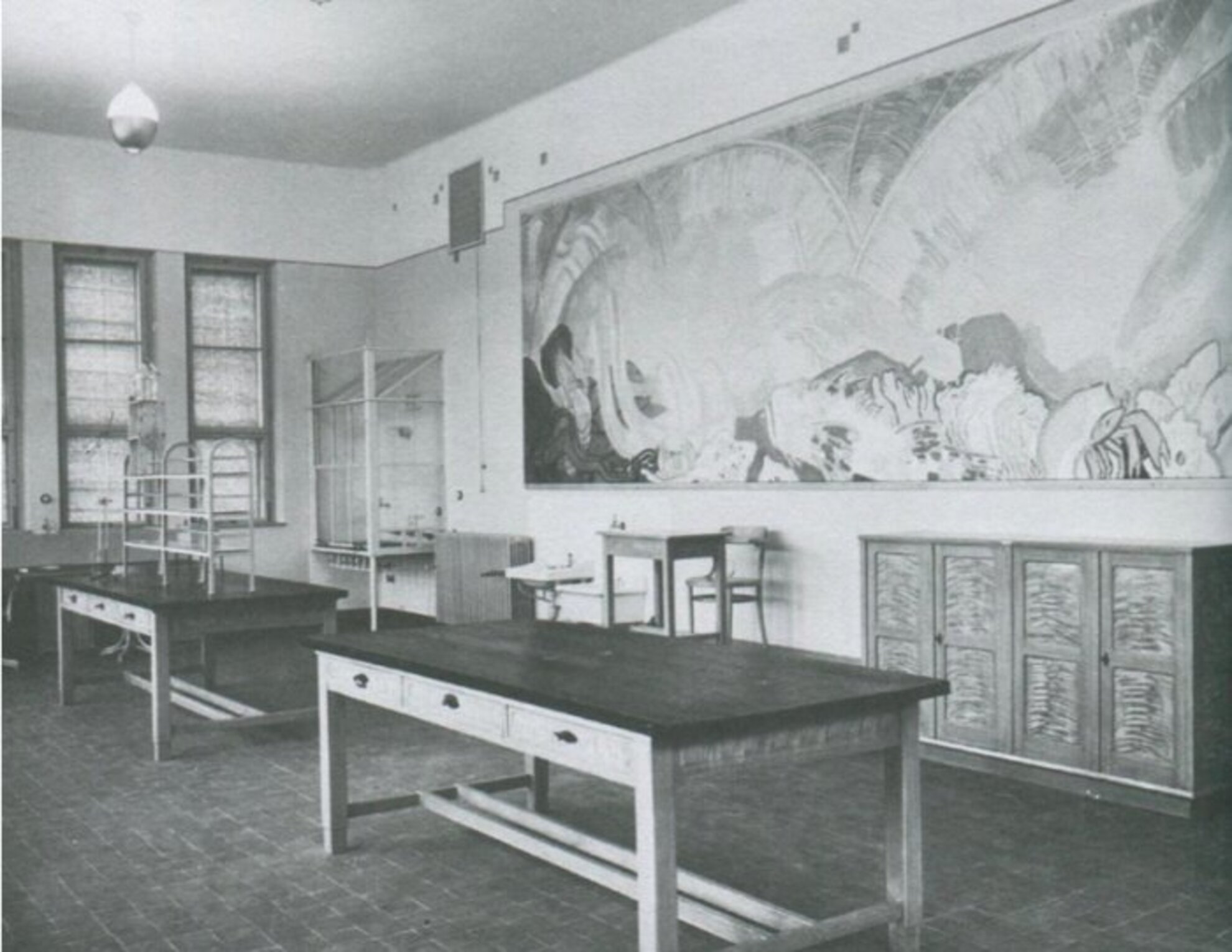
How did this happen? Helén Vörös, a resident of Keszthely, was searching the papers of the Balaton Museum there, when she stumbled upon the name of János Vaszary. She immediately knew that the gallery owner, whom she knew from a while back, will be interested in it. Judit Virág started researching, which led to a double outcome: on the one hand, she found the picture that the profession was searching for, even though it wasn’t even lost (Fishing on Lake Balaton); on the other hand, she found an important clue that proves that it wasn’t destroyed in the war, as it was previously assumed.
The two pictures
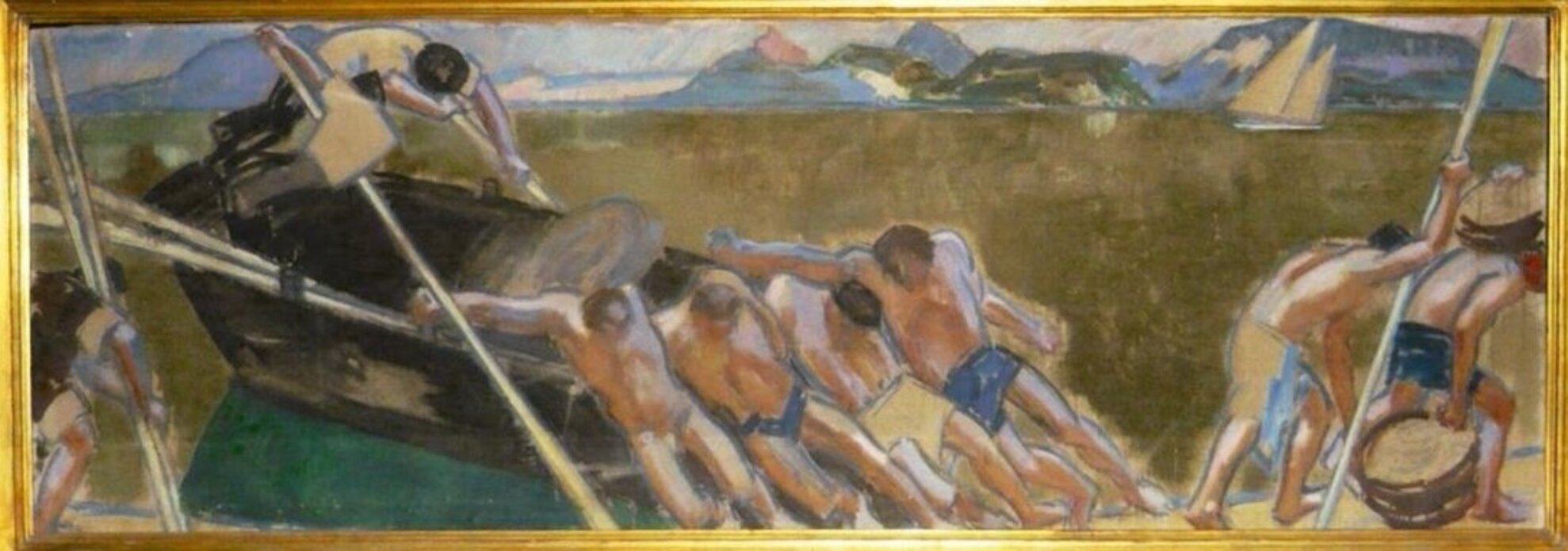
- Title: Halászat a Balatonon (Fishing on Lake Balaton)
- Size: almost two meters long
- Location: Balaton Limnological Institute

- Title: Víz alatti világ (Underwater World)
- Also known as: Akvárium (Aquarium), Tengerfenék (Seabed), A mélység világa (The World of the Deep)
- Genre: panel painting
- Size: 8 meters long, 2.5 meters tall
- Location: Unknown
- Is it abroad? Probably not
- Date of the most recent information about it: April 2, 1959
They still had it at Keszthely
The picture titled Underwater World surely wasn’t destroyed in the war, as it was displayed at an exhibit that showed the history of Lake Balaton from a Marxist point of view in 1949. Yes, things like that existed, and the absurdity of the era screams from the fact that besides Vaszary, the system criticized the pictures of József Egry for their elevated nature, even though he would have fitted in the communist ideal perfectly due to his working-class roots: only a year before, he was among the firsts to receive the Kossuth Prize, a state-sponsored award.
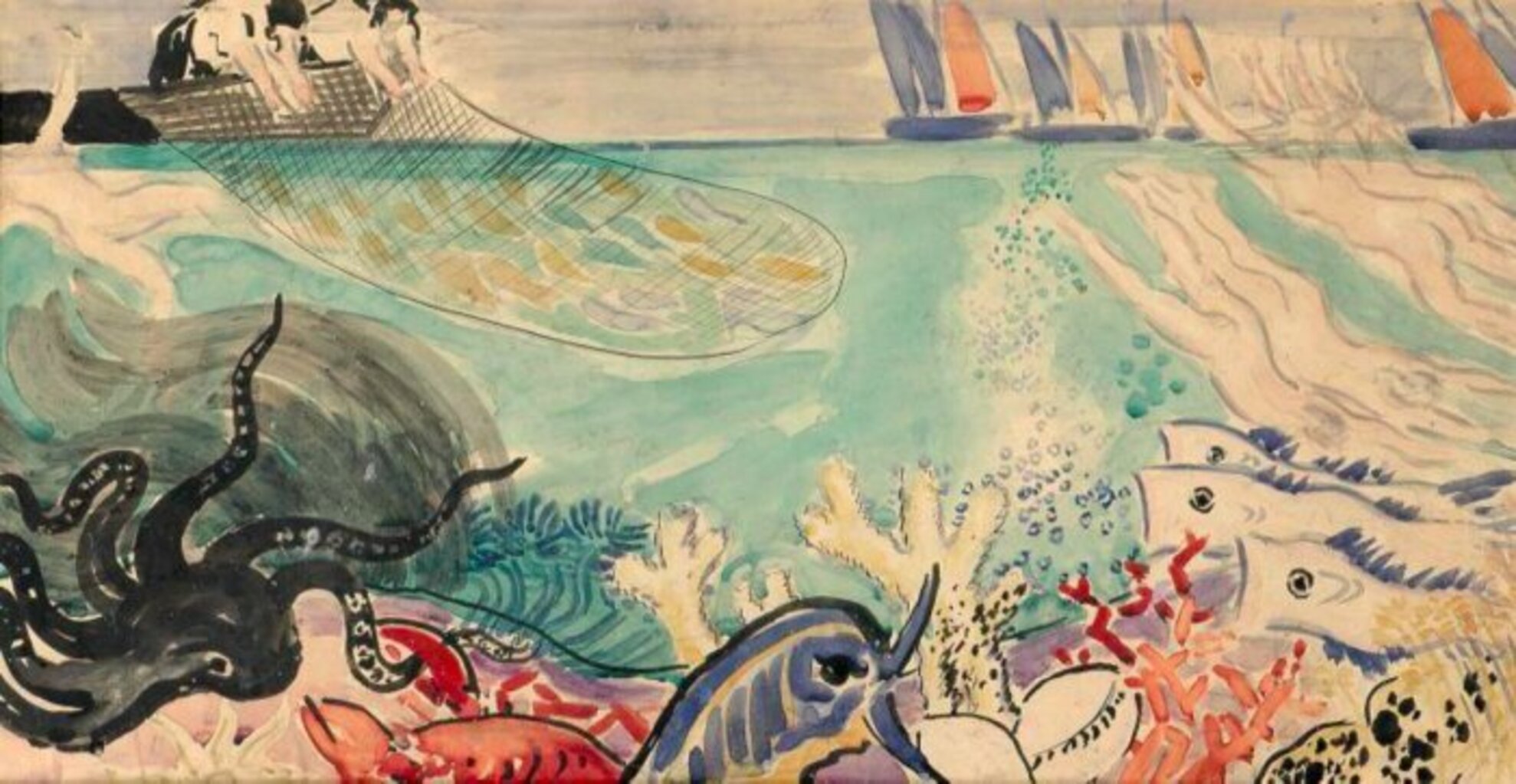
The people of Tihany asked for the two pictures to be returned from Keszthely at the end of the ‘50s – there are traces of this request. A certain research fellow called Ferenc Lukacsovics took possession of the two pieces in Keszthely. But after that there’s no information. The date was April 2, 1959. The mollusks-researcher died two years ago, his son, who lives in Toronto has not yet responded to inquiries. A 92 years-old man is still alive from among those who worked there back then, but, unfortunately, he doesn’t remember the events of that time.
